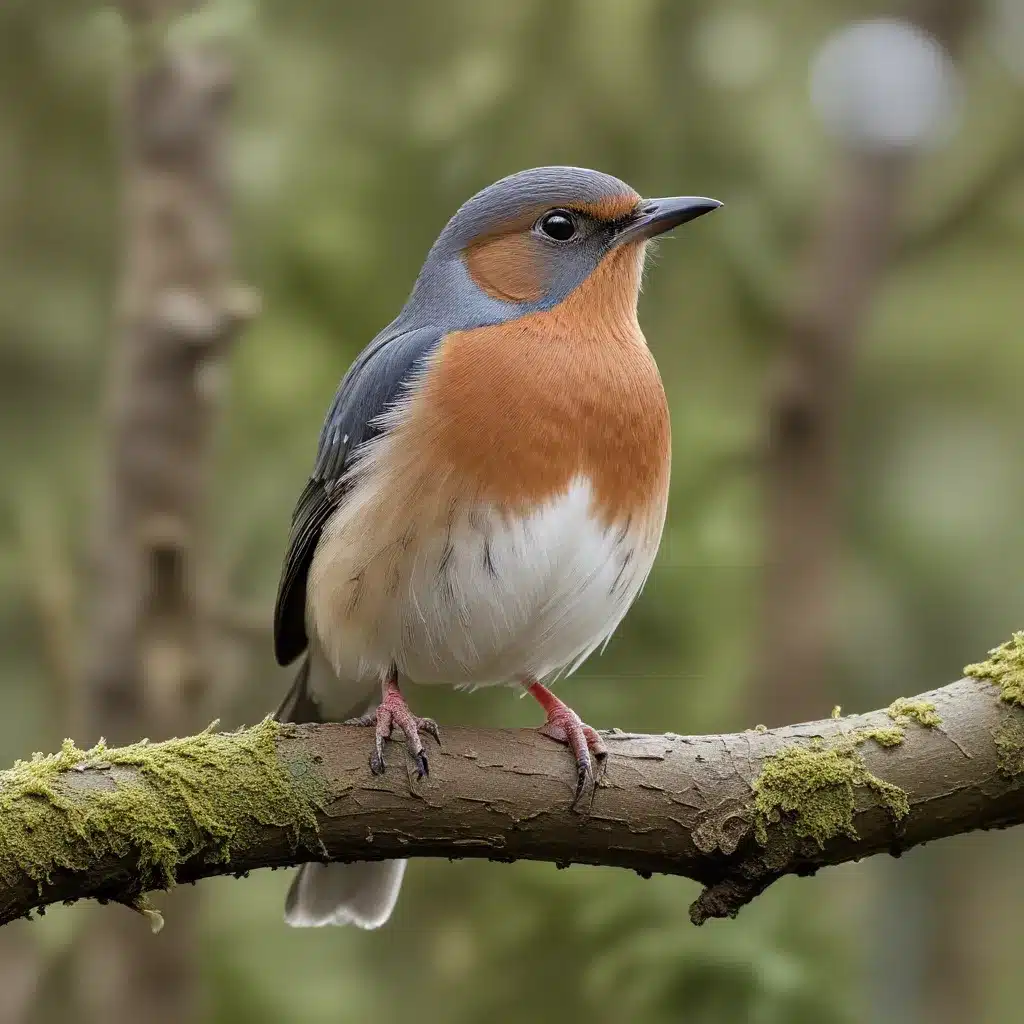
As an experienced avian caretaker and expert in all things birds, I’m excited to share how you can use modern technology to observe your feathered friends from the comfort of your own home. Whether you’re a seasoned birdwatcher or just getting started, remote imaging offers a unique window into the private lives of birds.
Avian Observation Techniques
In-Person Birdwatching
Traditional birdwatching, or birding, involves heading out into the field with binoculars, a field guide, and a keen eye. This approach allows you to fully immerse yourself in the natural world, picking up on subtle behavioral cues and identifying birds by sight and sound. In-person observation is invaluable for understanding avian ecology and building a connection with your local bird populations.
Remote Bird Monitoring
While nothing quite compares to the thrill of spotting a rare bird in the wild, remote monitoring technologies have revolutionized the way we study and appreciate our feathered friends. By strategically placing cameras and sensors around nesting sites, feeding stations, and other high-traffic areas, we can observe birds going about their daily lives without causing disturbance. This approach is particularly useful for monitoring hard-to-reach areas, nocturnal species, and delicate nesting behaviors.
Imaging Equipment
The rapid evolution of consumer-grade cameras, wireless networks, and battery technology has made remote bird monitoring more accessible than ever. Webcams, trail cameras, and dedicated nest box cameras can now deliver high-quality footage and real-time alerts directly to your smartphone or computer. When selecting imaging equipment, consider factors like battery life, weatherproofing, image resolution, and ease of setup and integration.
Backyard Bird Populations
Common Backyard Birds
Even in urban and suburban environments, a surprising diversity of birds can be found thriving in our backyards. House sparrows, mourning doves, American robins, and northern cardinals are just a few of the species that commonly visit feeders, birdbaths, and nesting sites close to our homes. Observing these familiar birds can provide valuable insights into their daily routines, social dynamics, and adaptations to the human-modified landscape.
Migratory Bird Patterns
Many bird species undertake remarkable migratory journeys each year, traveling thousands of miles between breeding and wintering grounds. By monitoring your backyard birds throughout the seasons, you can gain a deeper understanding of these patterns and the environmental cues that trigger them. Keep an eye out for the arrival and departure of spring and fall migrants, as well as any changes in foraging, nesting, or flocking behaviors.
Feeding and Sheltering
Providing food, water, and shelter can significantly enhance the value of your backyard for birds. Well-designed bird feeders, birdbaths, and native plantings can attract a wider variety of species and encourage them to linger, giving you more opportunities for observation and photography. Remote cameras can help you track which birds are visiting, when they’re most active, and how they’re utilizing the resources you’ve provided.
Technology for Remote Monitoring
Webcams and Trail Cameras
Affordable, consumer-grade webcams and trail cameras have become increasingly sophisticated, offering features like motion detection, night vision, and wireless connectivity. These versatile devices can be strategically placed near bird feeders, nesting sites, and other high-traffic areas to capture a wealth of behavioral data. Many models also allow for remote viewing and recording, enabling you to observe your backyard birds from anywhere.
Image Processing Software
Advances in image processing software have made it easier than ever to analyze and interpret the footage captured by your remote monitoring equipment. Tools like motion tracking, object recognition, and time-lapse photography can help you identify individual birds, track their movements, and gain a deeper understanding of their daily routines and nesting behaviors.
Data Logging and Visualization
In addition to capturing visuals, many remote monitoring systems can also record environmental data like temperature, humidity, and light levels. By integrating this information with your bird observations, you can start to uncover fascinating correlations and patterns. Customizable dashboards and data visualization tools can help you make sense of these complex datasets and share your findings with the broader birdwatching community.
Citizen Science and Birdwatching
Community Science Projects
Engaging in citizen science initiatives is a fantastic way to contribute to our collective understanding of birds while also enhancing your own observational skills. Projects like eBird, NestWatch, and the Great Backyard Bird Count invite birdwatchers of all levels to submit their sightings and nest monitoring data, which are then used by scientists to track population trends, migration patterns, and other important ecological insights.
Sharing Observations Online
The internet has revolutionized the way we connect with fellow birdwatchers and share our observations. Online forums, social media groups, and dedicated bird-tracking apps provide a wealth of resources for identifying species, exchanging tips and techniques, and collaborating on research projects. By sharing your remote monitoring footage and insights, you can inspire others and potentially uncover new discoveries about the birds in your own backyard.
Conservation Efforts
Birdwatching, whether in-person or through remote monitoring, plays a vital role in conservation efforts. The data collected by citizen scientists and backyard birders helps researchers and policymakers understand the challenges facing bird populations, from habitat loss and climate change to invasive species and disease. By actively engaging in these initiatives, you can contribute to the long-term well-being of the birds we all cherish.
As an experienced avian caretaker, I can attest to the countless joys and insights that remote bird monitoring can bring. Whether you’re watching a pair of bluebirds raise their young or catching a glimpse of a rare migratory species, these technologies offer a unique window into the lives of our feathered friends. So why not set up a camera in your backyard and start exploring the fascinating world of birds from the comfort of your own home? The possibilities for discovery and connection are truly endless.


